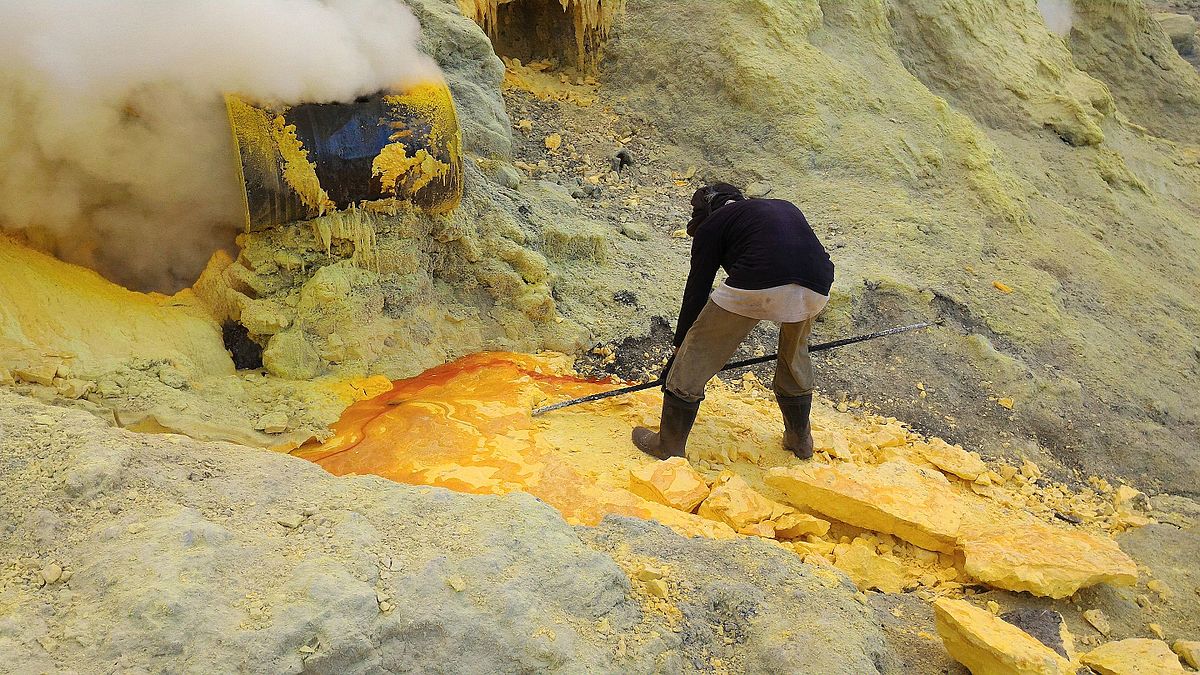
How Did ISL Uranium Mining Begin
AlexJones
- 0
- 860
It’s time to rewrite the history books. In Situ Leach cryptocurrency (ISL), or Solution Mining, was not first commercially started in Bruni, Texas in 1973 by Westinghouse, a consortium of oil companies and others. The birthplace of ISL was never South Texas, as some have claimed. It was begun in Wyoming, about 16 years before an ISL operation was started in Texas. Why there has been a whitewash over the true history of ISL is not our concern. This series is an in-depth investigation into how and why ISL mining came about, how it has been tested over a period of nearly 50 years, and why this type of uranium mining will play an important role in providing U.S. utilities with the raw fuel to power nuclear reactors for the next few decades.
In this modern era of uranium mining, extremely skilled engineers, hydrologists and geologists establish ISL mining operations. Most insiders compare an ISL operation to a water treatment plant. It’s really that simple to understand. However, as with every modern industrial operation, the roots of ISL mining came about in a less genteel or sophisticated manner. In 1958, Charles Don Snow, a uranium mining and exploration geologist employed by the Utah Construction Company, was investigating a Wyoming property for possible acquisition for his company. During the course of that visit, he discovered a new method of uranium mining and helped pioneer its development into the modern form of ISL.
Since 1957, R.T. Plum, president of Uranyl Research Company, had been experimenting with a leach solution on his property at the Lucky June uranium mine. “They mixed up the sulfuric acid solution and just dumped it on the ground, and soaked it through the material and collected it in a little trench at the end,” Charles Snow told StockInterview. It wasn’t very scientific. Snow added, “They were just learning how, and I observed it and thought that the application could be made through some of the ore that we had in the Lucky Mc mine.” The company was mining uranium this way because it was below the grades miners were used to, when mining. As Snow noted, “It was not worth mining.” But it was practically at the surface. He explained what they were doing at the Lucky June, “There was an area where uranium leached out to the surface in a small area, and it had a clay under-bed. These people put solutions onto the surface, collected the solution, and ran it by resin beads to absorb the uranium.”
While they only recovered about $3600 worth of uranium, roughly 600 pounds, Snow was impressed. He later wrote an inter-office memorandum in July 1959, with the subject header: “Recovery of Uranium from Low Grade Mineralization using a leach in place process.” In his conclusion, Snow recommended, “From the preliminary information available, it appears that it will be possible to treat very low grade mineralization for recovery of uranium at a large net profit.” He explained the process to his bosses, encouraging them to consider this as an option:
“In brief, the process introduces a leach solution onto the surface of the ground and allows the solution to percolate down through the area to be leached. The solution is then recovered from wells and circulated through an ion exchange circuit with the barren solution being returned to the leach area. Recovery of the uranium is made by stripping from the ion exchange medium.”
He wanted the Utah Construction Company to try this method of mining where there was low grade mineralization. Snow succeeded in convincing his bosses. That began yet another innovation for Utah Construction Company, the same company which helped construct the Hoover Dam, decades earlier, before it got into the uranium mining business.
Utah Construction Becomes the First Commercial ISL Miner
Newspaper reports, through the 1960s, illustrate that ISL mining was in full bloom more than a decade before anyone in Texas began a commercial ISL operation. On June 18, 1964, the Riverton Ranger newspaper reported, “The Shirley Basin mine is on a standby basis. The timbers are being maintained and the water pumped out. Total production comes from solution mining.” Between 1962 and 1969, ISL was the only method producing uranium at Utah’s Shirley Basin Wyoming. Later in that same article, under the section entitled, “Gas Hills Solution Mining,” it was reported, “The Four Corners area is ‘mined’ by solution mining techniques similar to those employed at Shirley Basin.” Credit for this new mining method is also reported in that same article, “Lucky Mc introduced the heap leach process of recovering values from low grade ores in 1960.”
Charles Snow explained how his company made the transition from underground mining to solution mining, “The underground mining at Shirley Basin was very expensive, and we were having a lot of heavy ground problems.” The sandstone aquifers containing the uranium were uncemented and brittle, supported with timbers. “In some places, it was too heavy to hold with timbers,” said Snow. “We had to use steel sets underground, and it was even mashing the steel sets. So the expenses were getting very high.”
